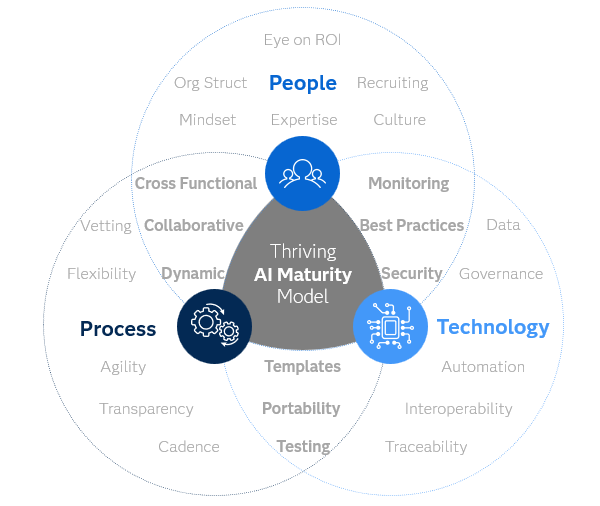
Con la irrupción de la IA, el volumen y la complejidad de modelos en producción se han disparado. En 2024, el 65% de las organizaciones declara usar gen-AI de forma regular y la adopción de IA en general subió hasta el 72%, extendiéndose a más funciones del negocio. Esto multiplica


















































